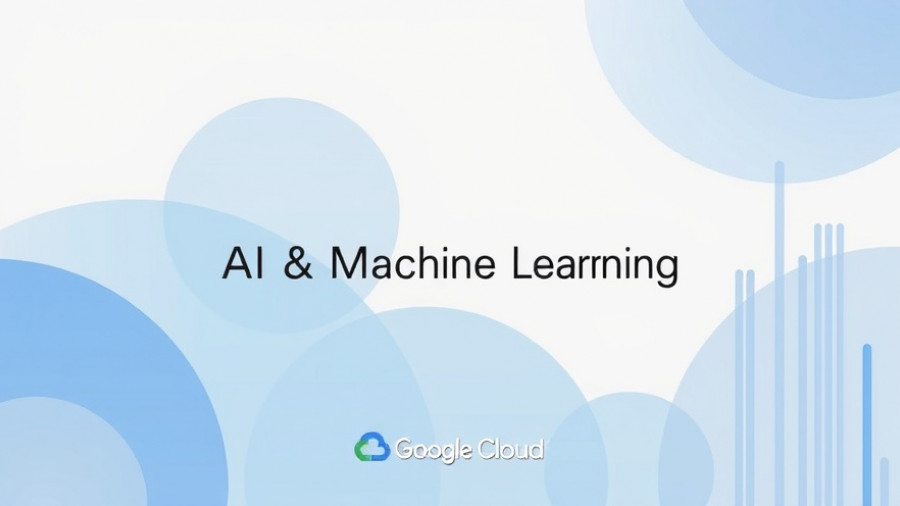
Revolutionizing Prompt Management in AI Development
As the interest in generative AI applications escalates, developers often face overwhelming challenges linked to prompt management. Traditionally, teams design prompts in one setting while juggling between spreadsheets for version control and text files for integration, which leads to significant inefficiencies and a chaotic workflow. Understanding this pressing issue, Google has launched the General Availability (GA) of Prompt Management in the Vertex AI SDK, which is set to redefine how teams approach their AI projects.
Seamless Integration: Bridging UI and Code
The Vertex AI SDK empowers users to manage prompts seamlessly between the visual interface of Vertex AI Studio and the programmatic capabilities of the SDK. This integrated environment fosters collaboration among teams, allowing for a centralized resource of prompts within a Google Cloud project. Each prompt can be treated not just as a text-based asset but as a powerful, versioned asset in coding environments.
Enterprise-Ready Solutions for Elevated Security
The introduction of this prompt management feature is especially significant for enterprise users. Full support for Customer-Managed Encryption Keys (CMEK) and VPC Service Controls (VPCSC) ensures that teams can operate under stringent security and compliance requirements. This level of enterprise readiness presents a compelling advantage for businesses handling sensitive AI data.
Streamlined Workflow: The Power of Code
With just a few lines of Python code, users can create, retrieve, update, and manage prompts efficiently. This capability allows for greater control over AI application development, ensuring that the latest versions of prompts are always in use. For instance, a few lines of code can replace what would typically require extensive manual effort in managing multiple files across different environments.
Collaboration at Scale
The updated features encourage robust team collaboration. By managing prompts as shared resources, team members can easily track changes, share best practices, and utilize reusable prompts, thereby accelerating project timelines and improving overall output. This improved workflow emphasizes the importance of building not only efficient but also scalable AI applications.
Shape Future Innovations with Vertex AI SDK
The release of prompt management capabilities equips developers with powerful tools to enhance their generative AI applications' functionality. Projects that leverage these capabilities are likely to experience higher success rates in deployment efficiency and prompt accuracy. To fully harness these benefits, developers are encouraged to explore the official Vertex AI documentation and engage with provided code examples.
By streamlining the workflow and enhancing security measures, the Vertex AI SDK's new features significantly aid teams in navigating the complexities of AI development.
 Add Row
Add Row  Add
Add 




Write A Comment